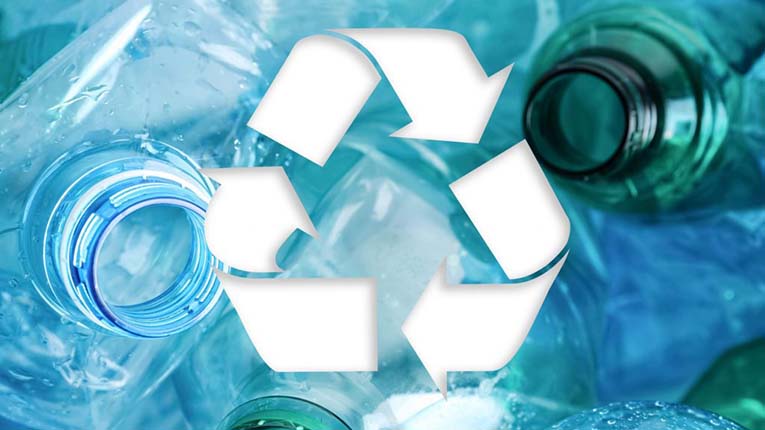The latest study carried out by Reveal Marketing Research on waste management and recycling shows that for 6 out of 10 Romanians, the separate collection of recyclable waste is a daily habit.
The results of the latest Reveal Marketing Research study show encouraging data, Romanians being more and more involved in protecting the environment through recycling. 58% of Romanians declare that they always collect packaging and plastic, glass, metal or paper waste separately, while 35% have this behavior occasionally.
Similar percentages were also recorded in the case of other types of waste such as used batteries, small household appliances or light bulbs, and as a general trend we observe that Generation Z (18-24 years) is less concerned with collecting recyclable waste separately.
Most of the time, recyclable waste (plastic, glass, metal or paper) is taken separately by a sanitation company (52%), to a greater extent in rural areas (70% vs. 45% in urban areas). On the other hand, 46% of Romanians mention that they personally take care of transporting recyclable waste to a collection center managed by the municipality, a practice more common in urban areas (52% vs. 32% in rural areas), and 30% take them at a collection center operated by a store.
Regarding the method of handing in the collected recyclable waste, 80% of Romanians are used to handing it in separately by category (plastic, glass, metal and paper), and 20% mixed.
The main barriers that prevent Romanians from recycling more: the long distance from the collection centers (36%), the sanitation company that does not collect recyclable waste separately (34%) and the lack of confidence that the waste is recycled correctly (22%) .
Other obstacles mentioned by Romanians were the lack of information on how to process packaging from several types of materials (19%), especially in the case of young people up to 35 years old (24%) or the fact that they do not know where to recyclable waste must be handed in (15%).
Analyzing the behavior of Romanians who have replaced their large appliances in the last 10 years, 42% chose to hand in the old ones through the Rabla (Scrap) program for household appliances, 31% to use the services of a recycling center/company, 30% to hand them over to the store where they bought the new appliances and 24% to keep them as a spare or take them elsewhere.
What does the new deposit-return system that will come into force on November 30, 2023 entail
According to the future legislation regarding the deposit-return system, consumers will pay a deposit of 0.50 RON when they buy a drink in a non-reusable glass, plastic or metal packaging and will receive the deposit back upon returning the packaging.
Almost 6 out of 10 Romanians intend to return every time the packaging of the drinks bought once the warranty-return system is implemented
About 66% of the study participants mention that they have heard of the deposit-return system for beverage packaging to be implemented at the end of the year, with men being informed to a greater extent than women (72% vs. 61%)
In this new scenario, 63% of Romanians intend to return the packaging of the drinks every time to recover the warranty from the purchase, those over 45 years of age stand out as being the most conscientious (71%), and 35% declare that they they will return occasionally, especially young people between 18-24 years old (50%).
Measuring the perceptions towards this regulation, we find that more than half of Romanians would prefer to return the packaging to a collection machine (60%), especially young people up to 35 years old (67%), 25% are in anticipation, not having a clear preference currently set, and 15% would opt for manual return.
As for how Romanians think the new system will influence their consumption habits, 43% say they will buy drinks the same as before, especially men (49% vs. 38% women) and those over 45 (51%), the age group that stood out as the most responsible for recycling. 19% believe that they will buy larger packages, to pay less for the warranty and to a lesser extent that they will buy less often (13%) or that they will choose cheaper products on the shelf (12%).

